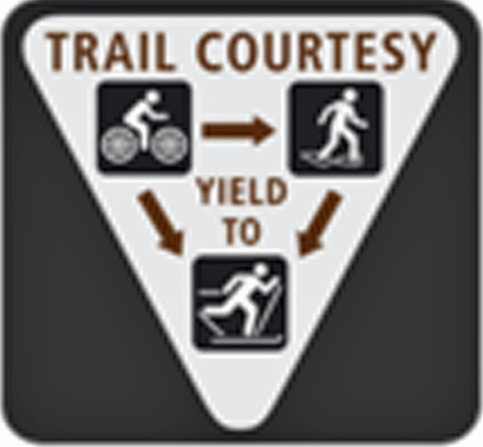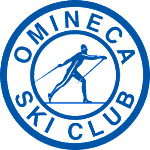Fat biking is a relatively new sport with keen participants in the Lakes District and it is now at the forefront of many cross country ski trail systems throughout BC. . There has been some informal use on our trails in the past and it has raised a few concerns for the executive on behalf of our club members. The biggest issue is the matter of insurance. All of our skiers are covered by insurance that is paid through their membership fees (annual or day use) but it only covers specific activities – and fat biking is not one of them. We have been researching insurance coverage but we have not been successful in finding an adequate and affordable solution. If we are to introduce fat biking to our trails we have to be sure that we can maintain it over subsequent winter seasons at an affordable cost to the user.
We are exploring the co-existence of the two sports on the same trail system or whether separate designated trails are required. We hope that our members will become more informed about fat biking and then bring forward their ideas to our Annual General Meeting in the spring.
User Survey
Throughout the winter 2017-18 we will be polling the OSC trail users about their interest, knowledge and opinions about introducing fat biking to our groomed trail system.
The survey is available in a paper copy in the Wax Cabin, downloadable here (as a pdf) OSC fat bike survey 2017-18 or fillable on a website form.
Please note that if you use the website form your submission will not be anonymous.
Please take the opportunity to fill out a survey and drop it in the envelope in the Wax Cabin, in the green metal (day use) bin in the Wax Cabin or mail it to: Omineca Ski Club, Box 1008, Burns Lake V0J 1E0
Thanks so much for your input!!
Would you like to read a thesis on managing the conflict among recreational trail users? The document is too large to put on our website but if you send a message using the ‘contact us’ link at the bottom of the page, it can be emailed to you.

Trail Safety Sign
This is becoming a universal safety sign where there is a chance that cross country skiers, snowshoers and fat bikers may meet.
- Cross country skiers have the right of way over both snowshoers and fat bikers as they have the least amount of control.
- Snowshoers have the right of way over fat bikers as they are slower and need time to maneuver.
- Fat bikers must yield to both cross country skiers and snowshoers as they have the greatest ability to change course easily.
At the December 4, 2017 executive meeting, the following resolutions were passed.
- A fat biking working group will be formed to be led by Jay Finstad with at least one executive member and other members to be chosen by them. The working group will provide recommendations on fat bikes at OSC to the executive.
Rationale: A non-executive working group will be able to research and collect information on grooming, safety, insurance and other items as they see fit. A report will be forwarded to the executive and then the membership for review and comment prior to an early May AGM. Recommendations for future fat biking activities at OSC must be voted on by the membership. - OSC will host sanctioned single day fat bike events during the 2017-18 season for which OSC will purchase event insurance.
Rationale: The OSC members need to have the opportunity to see fat bikes on the ski trails and experience the sport for themselves in order to make informed decisions. Single day event insurance is an affordable alternative for the club to be able to host such events as bike try-out days or a triathlon. - Fat bikes will not be permitted on any winter groomed trails for the 2017-18 season with the exception of sanctioned single day events involving fat bike use.
Rationale: Many OSC members have already purchased their 2017-18 annual membership under the understanding that it is for skiing or snowshoeing only. We cannot introduce a new sport until the membership agrees. Our CCBC insurance covers us on all trails that we groom for skiing purposes whether they are inside or outside of our recreation area. We cannot jeopardize that insurance coverage.
Best Practices for Fat Bikers on Ski Trails
- Fat bikes should yield to all other trail users and ride only on designated trails.
- Ride on the firmest section of the trail.
- DO NOT ride in or on the classic tracks.
- Stay to the right around corners.
- Allow the snow a minimum of 6 hours to set-up aftre grooming.
- Use fat tire bikes only (tires must be >3.7″ wide).
- Clean muddy tires before riding on the snow trails.
- Do not wear headphones while riding.
- Use bright lights and reflective clothing if riding at night.
- Ba an ambassador for the sport. Be polite, educate other riders, discourage bad behaviour and follow the rules.
- Help out and get involved by joining your local cross-country ski club or volunteering to help maintain the trail system.
A biker should not ride the trails if:
- You are leaving a tire rut deeper than 1-2 cm.
- You are having a hard time riding in a straight line.
- Your bike tires are less than 3.7 inches in width.
- Your tire pressure is greater than 6 psi.
